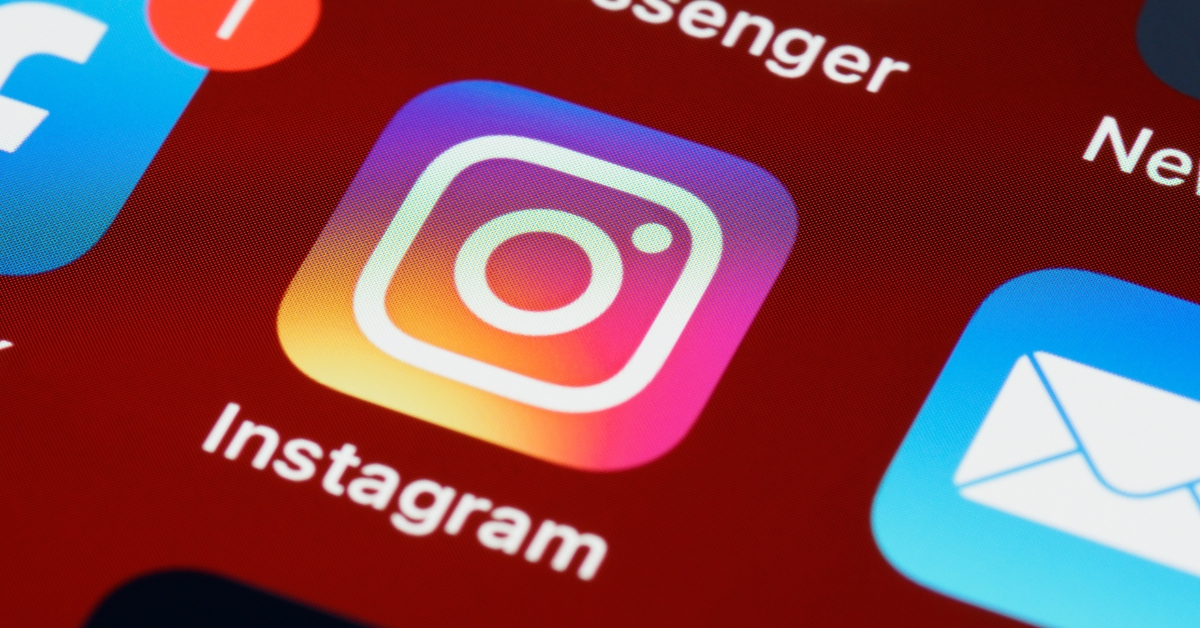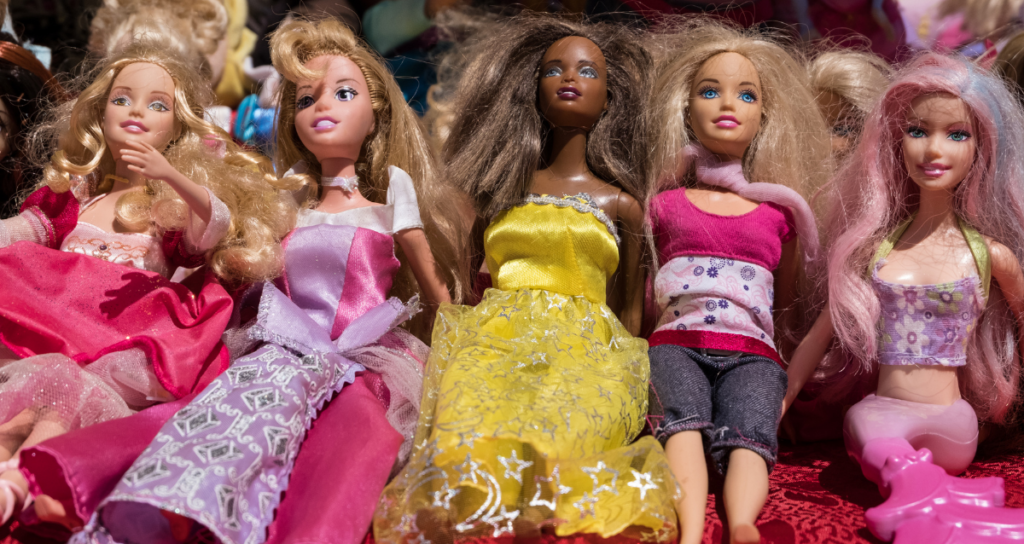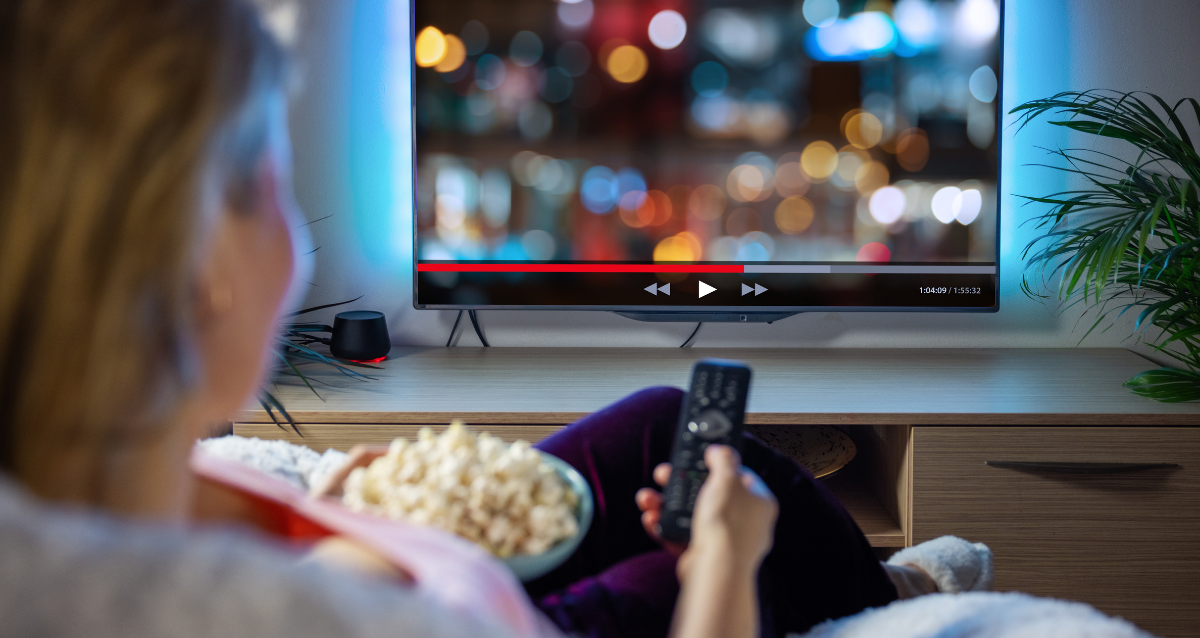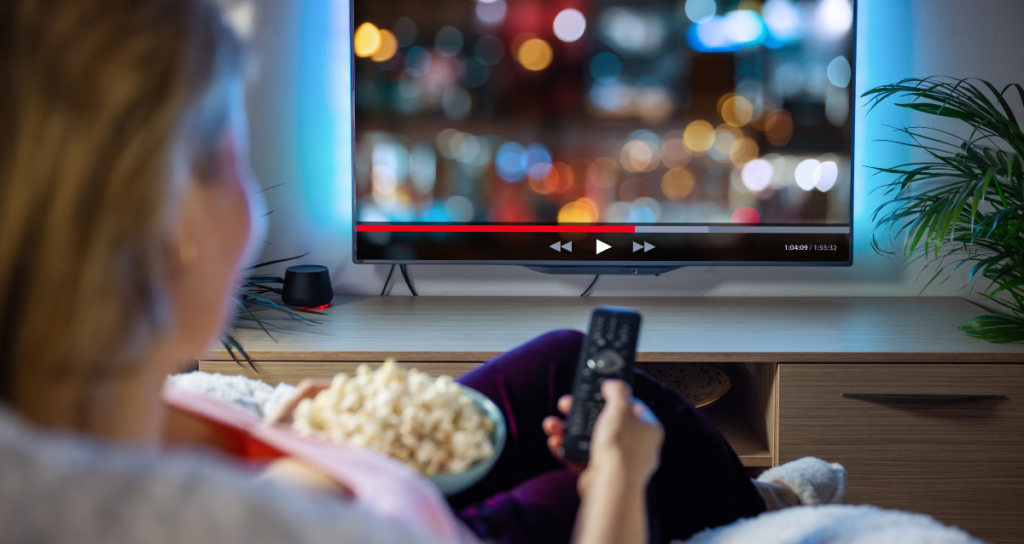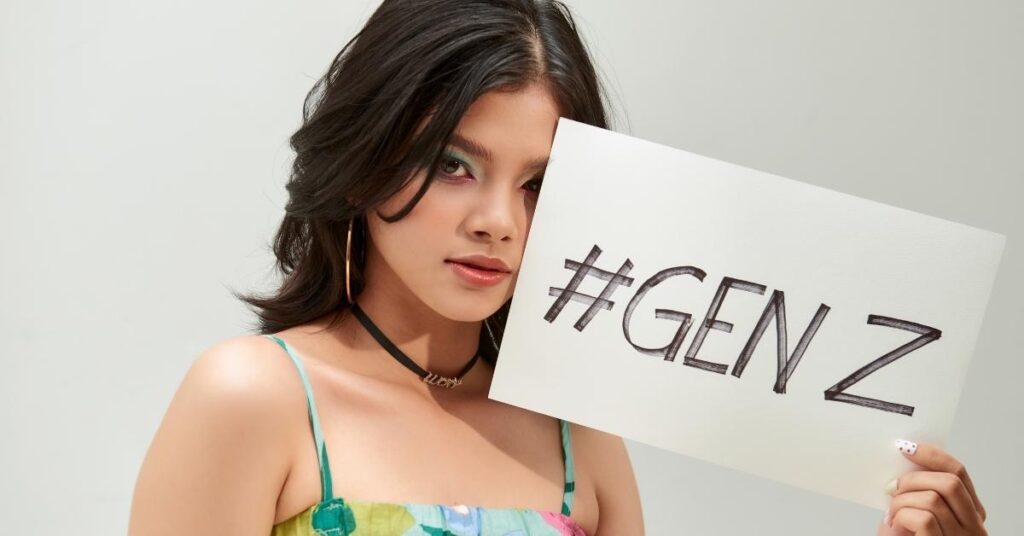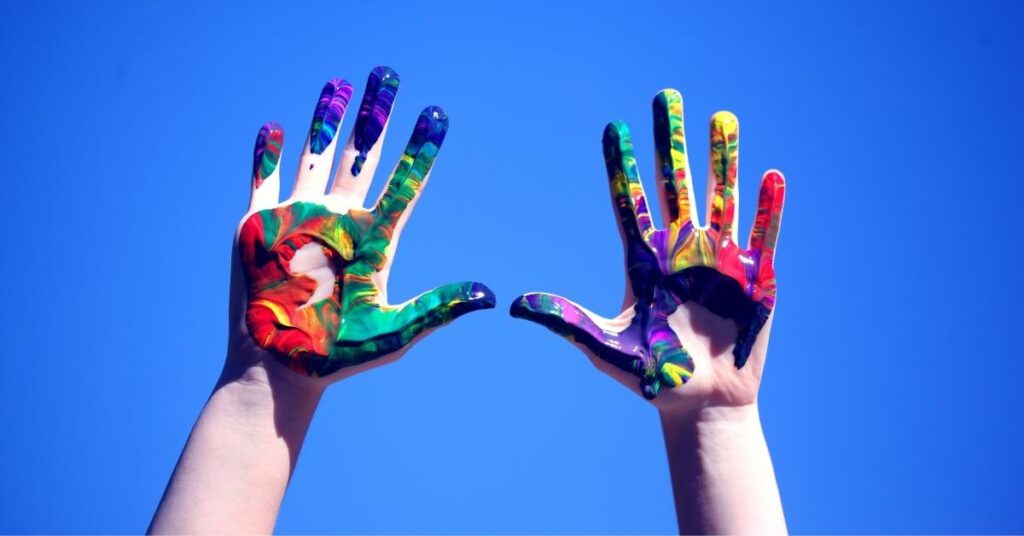Branding, in its essence, is the art of creating a distinct identity for a product or service. It involves the strategic use of a name, design, symbol, or other elements to set a company apart from its competitors. However, in today’s dynamic and interconnected world, branding has evolved beyond traditional methods. This article explores the modern landscape of branding, delving deeper into its importance, the pros and cons, and the innovative approaches that define the new era of branding.
The Essence of Branding
At its core, branding is about more than just logos or catchy slogans. It encapsulates the promise a company makes to its customers—the intangible pledge that sets it apart in a crowded marketplace. Effective branding is not merely a superficial exercise but a profound commitment to delivering on that promise consistently.

Why Branding Matters
In today’s global marketplace, teeming with endless choices and opportunities, the significance of branding emerges as a crucial differentiator for businesses. Branding acts not merely as a marker of identity but as a beacon, guiding consumers towards products and services that echo their personal values and aspirations. The impact of branding extends across various dimensions, underpinning its paramount importance in the contemporary business landscape.
1. Building Emotional Connections:
At the heart of successful branding lies the ability to forge an emotional connection with the audience. This transcends the basic utility of a product or service, delving into emotional and aspirational realms. Brands like Apple, which epitomize innovation and sleek design, exemplify the capacity to cultivate deep emotional bonds with their customers, thereby elevating the brand experience beyond mere transactions.
2. Fostering Loyalty:
A robust brand not only captivates but also cultivates loyalty among its customer base. This loyalty is not merely a byproduct of satisfaction but a deep-seated identification with what the brand stands for. Loyal customers evolve into brand advocates, championing the brand within their circles and beyond. This advocacy is invaluable, translating into sustainable revenue and diminishing the need and cost associated with acquiring new customers.
3. Competitive Edge:
In a realm where commoditization is rife, a distinctive brand identity serves as a key differentiator. It enables businesses to distinguish themselves in a sea of seemingly similar offerings. Branding is the strategic palette through which companies can highlight their unique selling propositions, carving out a niche in the competitive landscape.
4. Value Proposition:
A well-established brand is often synonymous with premium quality and reliability. This perception allows businesses to command higher prices for their offerings, as consumers are willing to pay a premium for the assurance and status associated with reputable brands. The intrinsic value of a brand, therefore, becomes a lever for profitability and market positioning.
5. Consistency and Trust:
Consistency in branding fosters a sense of reliability and trust among consumers. A brand that consistently delivers on its promises not only retains its customer base but also strengthens its market standing. Trust, cultivated through consistent brand experiences, lays the groundwork for enduring customer relationships and reinforces the brand’s reputation in the market.
In essence, branding is far more than a name or a logo; it is a strategic asset that encapsulates the essence of a business, engendering loyalty, distinguishing it from competitors, and establishing a foundation of trust. In a world where choice is abundant, branding matters more than ever as a means of navigating the complexities of the marketplace and forging meaningful connections with consumers.

The Pros and Cons of Branding:
Branding plays a crucial role in distinguishing a business in the marketplace, fostering customer loyalty, and establishing a competitive edge. The advantages of effective branding are numerous and significant. Through branding, businesses can facilitate instant recognition amongst consumers, fostering a sense of familiarity and loyalty towards the product or service offered. This recognition often translates into a competitive advantage, especially in markets crowded with alternatives, as consumers are more likely to choose brands they recognize and trust over unfamiliar ones. Additionally, strong branding allows companies to command premium prices, as the perceived value of a brand can justify higher price points. Trust and consistency, cornerstones of effective branding, foster lasting relationships with customers, ensuring continued business. Moreover, a well-crafted brand succinctly communicates its value proposition, making it clear why consumers should prefer it over competitors.
However, despite these benefits, there are notable drawbacks to consider in the realm of branding. The cost of building and maintaining a strong brand can be substantial. From marketing and advertising expenses to the cost of research and development, the financial investment in branding is significant and ongoing. Furthermore, rebranding, when necessary, poses its own set of challenges and costs, potentially disrupting customer recognition and loyalty. Brands are also vulnerable to damage from negative incidents or shifts in public perception, which can erode trust and diminish value quickly. There’s the risk of a disconnect between what a brand promises and what it delivers, which can lead to customer disappointment and distrust, undermining the brand’s efforts and investments. Additionally, the return on investment in branding efforts may not be immediate, requiring patience and sustained effort to realize tangible benefits.
In summary, while branding offers numerous advantages in terms of customer loyalty, market differentiation, and the ability to command premium pricing, it is accompanied by significant challenges, including high costs, the complexity of rebranding, vulnerability to negative perceptions, the risk of failing to deliver on brand promises, and the potential for delayed returns on investment. Careful consideration of these pros and cons is essential for any business embarking on or refining its branding strategy.

The New Era of Branding
The landscape of branding has undergone a profound transformation with the advent of the internet, marking the beginning of a new era that extends far beyond traditional advertising methods such as print, billboards, television, and radio. This modern era of branding is characterized by its global reach, cost-effectiveness, and the unprecedented opportunities it offers for creating connections between brands and their audiences. Here’s a closer look at how branding has evolved in this digital age:
1. Digital Dominance
The internet now serves as the primary platform for brand presence and communication, allowing companies to reach audiences worldwide with relative ease. The digital arena, encompassing social media, websites, and various online marketing channels, has become the central hub for brand activities, enabling more direct and immediate interaction with potential and current customers.
2. Social Media Influence
Platforms like Facebook, Twitter, Instagram, and more recently, TikTok, have revolutionized brand engagement strategies. These platforms offer unique opportunities for brands to engage with their audiences through creative and interactive content, fostering loyal communities around their products or services. The ability to share, comment, and directly communicate with brands on these platforms has transformed the customer-brand relationship, making it more dynamic and personalized.
3. Video Content
The rise of online video platforms, particularly YouTube, has provided brands with a powerful tool for storytelling and engagement. Video content allows brands to showcase their products, share insights, entertain, and inform their audiences, thereby building brand awareness and loyalty. This format’s popularity is due in part to its ability to convey messages more vividly and memorably than text-based content.
4. Global Accessibility
One of the most significant advantages of the digital age is the dismantling of geographical barriers, enabling brands of any size to access a global audience. This democratization of branding means that small startups can compete on the same stage as established multinational corporations, provided they harness the digital tools available to them effectively.
5. Creative Freedom
The digital landscape offers brands an unparalleled level of creative freedom to experiment with various content forms, styles, and tones. This flexibility encourages brands to develop their unique voice and tailor their messaging to resonate more deeply with their target audience. The ability to test different approaches and rapidly adjust based on feedback is a key advantage of digital branding, allowing for more agile and responsive marketing strategies.
Branding, once confined to traditional advertising, has evolved into a dynamic and digitally-driven discipline. In this new era of branding, companies have an array of tools and platforms at their disposal to connect with global audiences, inspire loyalty, and convey their unique value proposition. While the core principles of branding remain unchanged—creating emotional connections, fostering trust, and maintaining consistency—the methods have adapted to the evolving landscape of consumer behaviour and technology.
As businesses navigate this new era of branding, it’s essential to strike a balance between embracing digital opportunities and upholding the fundamental principles of effective branding. The modern brand is no longer a static symbol but a dynamic force that thrives in the interconnected world of the internet, forging meaningful connections and leaving lasting impressions on consumers worldwide.






